24 Memorable Trends and Items from the 1970s That Still Stand Out


The 1970s were a time of big changes, fun, and unforgettable styles. Bell-bottom pants were very popular, disco music played everywhere, and new gadgets started to change how we lived.
Looking back now, it’s surprising to see how much has changed since those lively years. Many things that seemed like they would last forever have quietly disappeared. Some ’70s styles have come back briefly, while others only live on in our memories and old pictures.
In this look back, we will see 24 popular things from the 1970s that have mostly gone away. These were once loved items, styles, and trends that shaped the decade for many people.
As we remember these moments from the past, you might smile at happy memories or wonder about some strange fads.
What do you think? Do you recall any
Earth Shoes: Comfort Over Style?

Earth Shoes were a special kind of shoe that focused on health benefits instead of usual style. These shoes had a unique “negative heel” shape, where the heel was lower than the toe.
The makers said this design helped with posture and eased back pain. Earth Shoes became popular with people who cared about health and those wanting a different look from regular fashion.
They were made in many styles, like sandals and boots, all with the same lower heel feature. Although they were not as popular as platforms or other shoes, Earth Shoes kept a loyal group of fans during the ’70s.
Tie-Dye Clothing: A Splash of Color
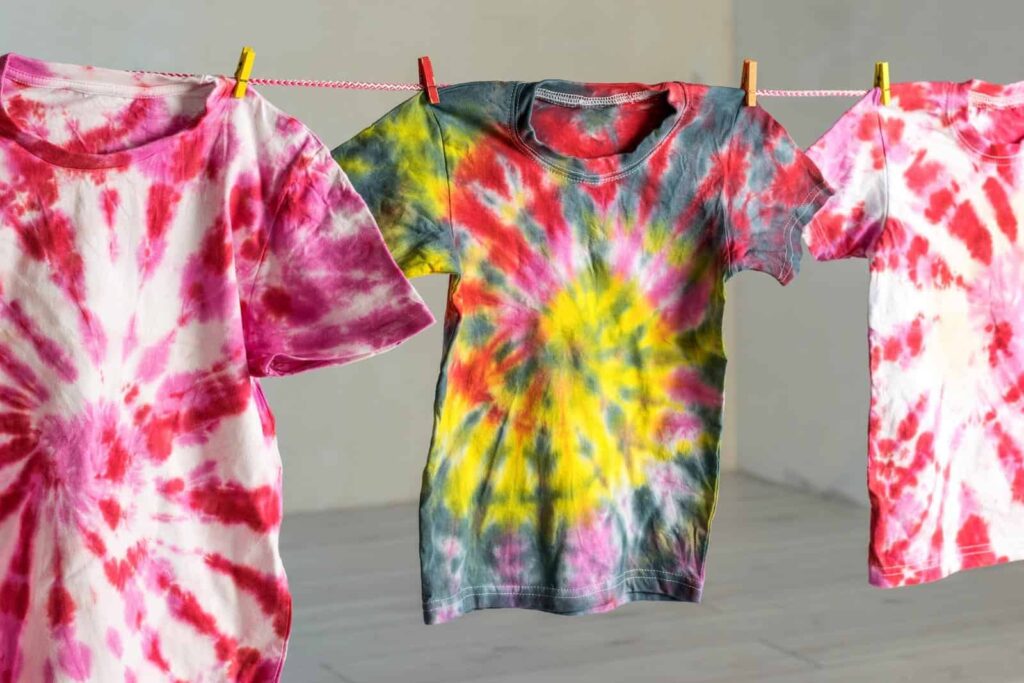
Tie-dye was more than a fashion fad in the ’70s; it showed people’s personality. This bright method used twisting, folding, and dyeing cloth to make one-of-a-kind, colorful patterns.
Tie-dye was seen on t-shirts, dresses, bedsheets, and curtains. People also had tie-dye parties where they made their own colorful creations.
The bold, swirling patterns fit the free and fun spirit of the time. Tie-dye was linked to the hippie movement and stood for a challenge to the stricter styles of the past decade.
Waterbeds: Sleep on Water (What Could Go Wrong?)
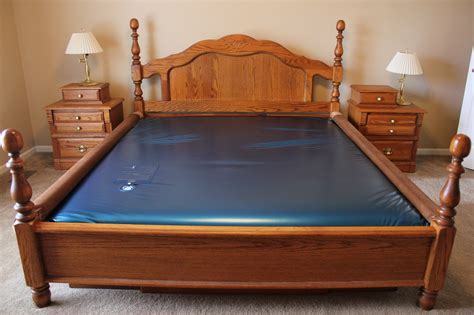
Waterbeds were the ultimate symbol of ’70s bedroom luxury. These beds replaced traditional mattresses with a large vinyl sack filled with water. People loved the idea of sleeping on a gently undulating surface, believing it would provide the best night’s sleep ever.
Waterbed enthusiasts claimed they helped with back pain and provided unparalleled comfort. Some models even came with heating elements to keep the water at the perfect temperature. Despite their initial popularity, waterbeds had their drawbacks.
They were heavy, prone to leaks, and made simple tasks like changing sheets a real challenge. Not to mention, any vigorous movement could create waves that might leave you feeling seasick!
Mood Rings: Your Emotions on Display
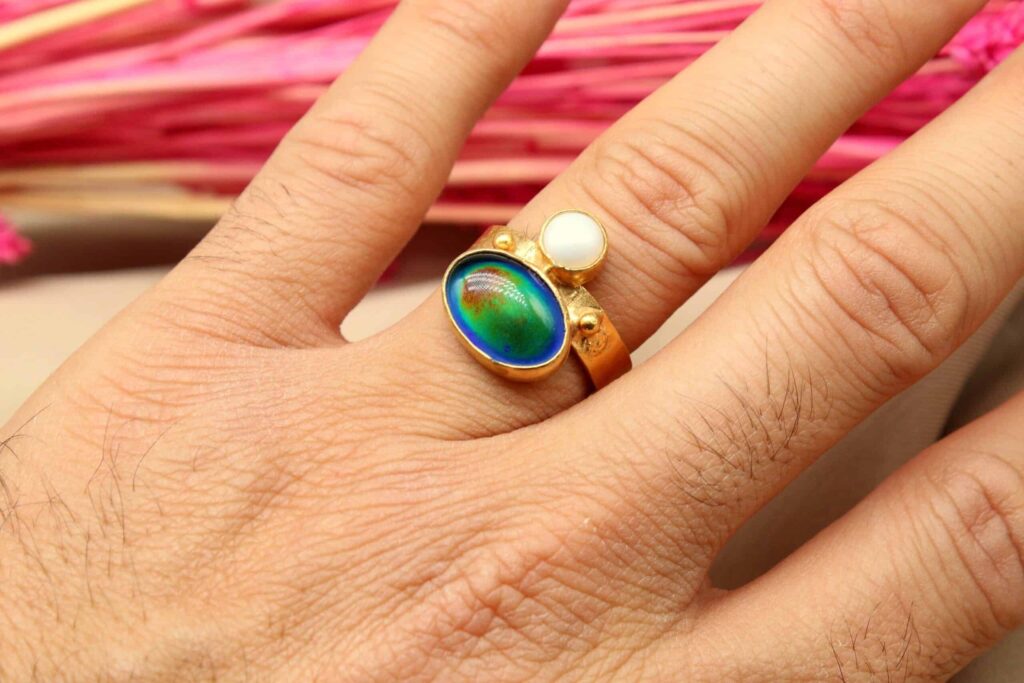
Mood rings were the top fashion item of the ’70s, said to show your feelings by changing colors. These cool rings had a special liquid crystal that changed color with your body heat.
People thought the colors showed different moods, like blue for calm, black for stress, and green for relaxed. Many wanted one, believing the ring had magic and could know their thoughts.
Even though they worked more on body heat than true feelings, mood rings were fun to talk about and a popular must-have for teens and young adults who cared about style in the ’70s.
Bell-Bottom Jeans: The Wider, The Better

Bell-bottom jeans were the epitome of ’70s fashion, with their distinctive flare starting at the knee and widening dramatically towards the ankle. These jeans weren’t just a fashion statement; they were a way of life.
People of all ages rocked this style, pairing them with platform shoes for an extra groovy look. Bell-bottoms came in various materials, including denim, corduroy, and even polyester.
Some were so wide you could barely see the wearer’s shoes! While they may seem impractical now, bell-bottoms were considered the height of cool in the ’70s, and wearing them was a surefire way to fit in with the hip crowd.
Platform Shoes: Walking on Air

Platform shoes looked great with bell-bottom jeans, giving height and style to any look. These tall shoes had thick soles, often made with cork or wood, and came in many styles for both men and women.
Some platforms were very tall, making walking a challenge that needed good balance and skill. Even with the chance of twisting ankles, people enjoyed the extra height and the strong fashion statement they made.
They were very popular in disco clubs, where dancers showed their moves and their taller stance. Platform shoes captured the bold, wild feeling of ’70s style.
Beanbag Chairs: Sink In and Stay Awhile

Beanbag chairs epitomized the casual, laid-back vibe of the ’70s. These formless chairs were essentially large fabric sacks filled with small polystyrene beads. They molded to your body shape, creating a cozy nest for lounging, reading, or watching TV.
Beanbag chairs came in various sizes, colors, and materials, fitting into any ’70s decor scheme. They were especially popular among teenagers and college students, who appreciated their informality and low cost.
Sitting in a beanbag chair meant committing to relaxation, getting up often required a fair bit of wiggling and effort! While comfortable, beanbag chairs had their downsides, including the mess that ensued if they sprung a leak.
 If you like what you are reading, then click like and subscribe to my newsletter. We share tips to waste less time and money.
If you like what you are reading, then click like and subscribe to my newsletter. We share tips to waste less time and money.
Shag Carpeting: A ’70s Floor Staple

Shag carpet was a popular floor covering in many homes during the ’70s. This thick, soft carpet had long strands that made it feel cushy and cozy under your feet. Walking on shag carpet was like stepping on a soft, thick grass inside your house.
It came in many bright colors, letting people show their style through their floors. Shag wasn’t just in plain shades; bright oranges, deep purples, and bright greens were common choices.
Even though it felt nice on bare feet, shag carpet had problems. It was hard to keep clean because dirt and small items got stuck in the long strands. Vacuuming needed extra effort, and spilling things on it was a real trouble!
Wood Paneling: Bringing the Outdoors In
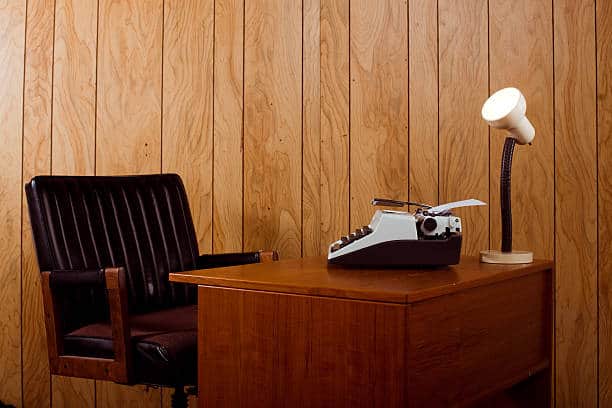
Wood paneling was a ubiquitous feature in ’70s home decor, covering the walls of living rooms, dens, and basements across America. This wall treatment consisted of thin wooden boards or sheets designed to mimic the look of real wood planks.
It gave rooms a warm, cozy feel, reminiscent of a rustic cabin. Wood paneling came in various shades, dark and light, and was relatively inexpensive and easy to install. Homeowners loved how it could instantly transform a plain room into a more inviting space.
Some even took it a step further, covering entire walls with floor-to-ceiling paneling. While it was all the rage in the ’70s, wood paneling eventually fell out of favor, with many homeowners later covering it up or tearing it out completely.
TV Antennas (Rabbit Ears): The Art of TV Tuning

Rabbit ear antennas were often seen on top of TVs in the 1970s. These metal rods could be moved to catch broadcast signals. Adjusting the rabbit ears took skill, as people spent a lot of time changing their angle to see the best picture.
Sometimes, people tried tricks like covering the antennas with aluminum foil or having someone stand close to the TV holding the antenna in the right spot. Watching TV often meant watching fuzzy pictures and hearing static, but when the screen cleared up, it felt like a great success.
Pong: The Granddaddy of Video Games

Pong, released in 1972, was the first commercially successful video game. This simple tennis-like game featured two paddles and a bouncing dot, but it was revolutionary at the time.
People were amazed that they could control what was happening on their TV screens. Pong machines popped up in arcades, bars, and living rooms across the country.
It sparked the video game craze and paved the way for the entire gaming industry. While incredibly basic compared to today’s games, Pong was mind-blowing in the ’70s and got countless people hooked on gaming.
 If you like what you are reading, then click like and subscribe to my newsletter. We share tips to waste less time and money.
If you like what you are reading, then click like and subscribe to my newsletter. We share tips to waste less time and money.
Handheld Cine Cameras: Capturing Family Memories on Film
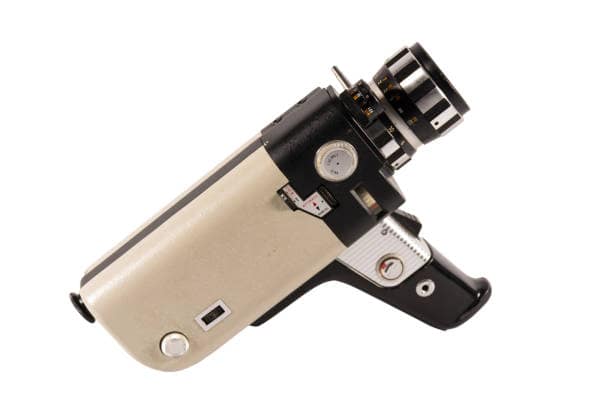
Handheld cine cameras were a common way for families to save special moments in the 1970s. These small devices used real film to record moving pictures, letting people make their own home movies.
Using a cine camera took some practice. People needed to load the film carefully, set the focus right, and have enough light. The videos had a unique, grainy look that many now think of as warm and old-fashioned.
Families would come together to watch these movies on a projector, remembering trips, birthdays, and other important times. While cine cameras let people capture their lives in motion, they slowly stopped being popular as video technology got better and easier for everyone to use.
Lava Lamps: Groovy Lighting

Lava lamps were the quintessential ’70s decoration, adding a touch of psychedelic ambiance to any room. These mesmerizing lamps consisted of a glass bottle filled with colored liquid and a waxy substance.
When heated by the bulb at the base, the wax would melt and flow in blob-like formations, creating a constantly changing display. Lava lamps came in various color combinations and sizes, some even as large as floor lamps.
They were perfect for setting a mellow mood during parties or late-night hangouts. Many people found watching the slowly morphing shapes oddly relaxing. Lava lamps became so popular that they were often featured in movies and TV shows as a visual shorthand for the ’70s vibe.
Eight-Track Tapes: Music on the Move

In the 1970s, many people chose eight-track tapes to listen to music, especially in cars. These large cartridges had a magnetic tape that played music without stopping.
They were bigger than cassette tapes and could hold more songs, which made them great for long trips. People enjoyed taking their favorite albums with them while driving. Eight-tracks had some problems, too.
The music sometimes stopped and jumped to another track in the middle of a song, which could be annoying. They could also get stuck, causing many music fans to try fixing their tapes with pencils.
CB Radios: “Breaker 1-9, Come In Good Buddy”
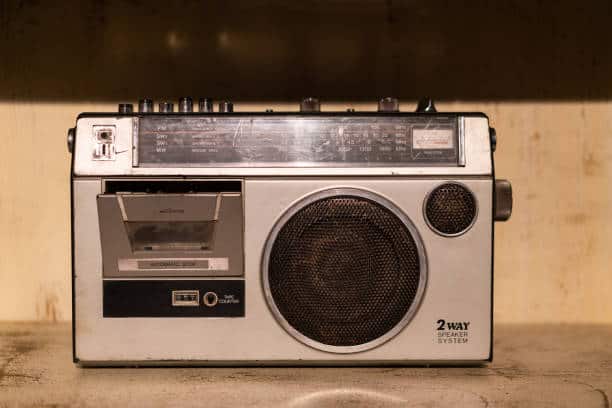
CB (Citizens Band) radios were all the rage in the ’70s, allowing people to chat with others while on the road. Truckers used them to share traffic info and keep each other company on long hauls.
Regular folks joined in too, using fun “handles” (nicknames) to talk to strangers. It was like a precursor to internet chat rooms, but on the highway.
CB lingo became part of popular culture, with phrases like “10-4, good buddy” entering everyday speech. For a while, having a CB radio in your car was considered the coolest thing ever.
The AMC Hornet: Compact but Cool

The AMC Hornet was a well-liked small car in the early 1970s, known for being useful and cheap. It was available in different types, such as a sedan, wagon, and hatchback.
The Hornet was a good choice for buyers on a budget who needed a dependable, gas-saving car. It also gained some fame by doing a corkscrew jump in the James Bond film “The Man with the Golden Gun.”
Even though it was popular at first, the Hornet lost ground to newer cars and stopped being made in 1977.
The Ford Pinto: Small Car, Big Problems

The Ford Pinto was introduced in 1971 as Ford’s answer to the growing demand for small, fuel-efficient cars. Initially popular due to its low price and cute design, the Pinto soon became infamous for its safety issues.
The biggest problem was its tendency to catch fire in rear-end collisions. This led to numerous lawsuits and a major scandal for Ford. The Pinto became a cautionary tale in the auto industry and a symbol of corporate negligence.
Despite attempts to improve its safety, the Pinto’s reputation never recovered, and it was discontinued in 1980.
Disco Music and Dance Clubs: Stayin’ Alive
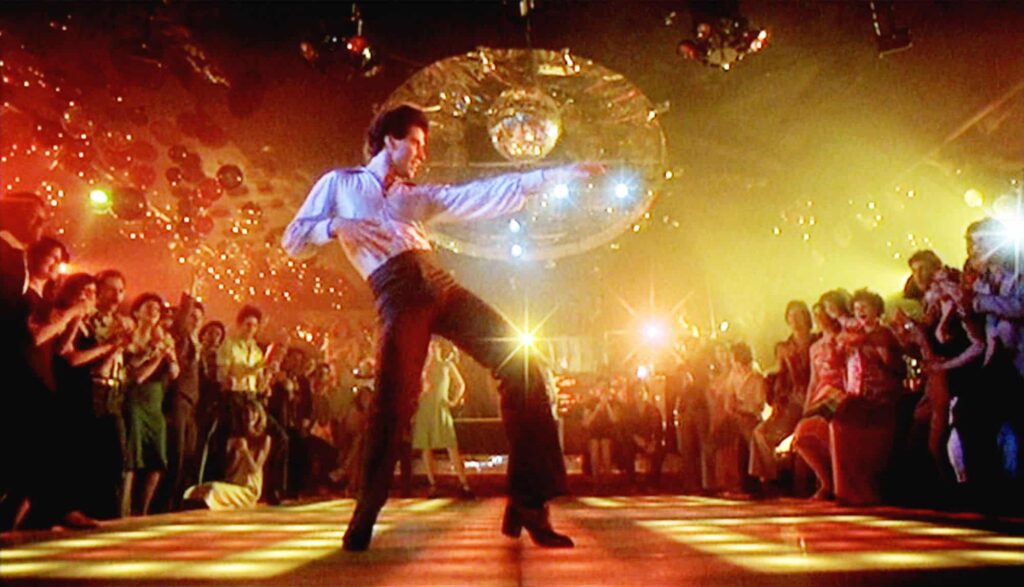
Disco ruled the music world in the ’70s, filling dance floors with catchy beats and flashy style. Clubs like Studio 54 became famous, drawing both stars and everyday people.
People wore their best clothes, like sequins, polyester, and platform shoes, to dance all night under sparkling disco balls. Songs like “Stayin’ Alive” and “I Will Survive” were the hits of the time.
Disco shaped fashion, movies, and even workout trends, as disco aerobics classes became popular. Although disco’s time on top was short, its influence on music and pop culture was huge.
Clackers: The Toy That Went Too Far

Clackers were a simple but wildly popular toy in the early ’70s. They consisted of two acrylic balls suspended on a string, which you’d try to swing up and down to make them clash together with a satisfying “clack” sound.
Kids loved them, competing to see who could keep them clacking the longest. Unfortunately, Clackers were also dangerous. The acrylic balls could shatter, sending sharp shards flying.
This led to injuries and eventually, Clackers were banned in many places. They remain a classic example of a ’70s fad that burned bright but brief.
Roller Disco: Skating to the Beat

Roller disco mixed two popular ’70s loves: roller skating and disco music. Roller rinks all over the country became disco wonderlands, with shiny balls, bright lights, and music playing all the time.
People of all ages put on their roller skates to dance to the newest songs. It was a special kind of fun that made people move and meet others.
Roller disco also created its own style, with skaters wearing bright, close-fitting clothes. While regular roller skating went on, roller disco as a trend disappeared when disco music became less popular.
Mood Lighting: Setting the Scene

Mood lighting was a big deal in ’70s home decor and entertainment. People used colored light bulbs, lava lamps, and even specialized “mood lights” to create ambiance in their homes.
Restaurants and bars also got in on the trend, using dim, colorful lighting to set a specific mood. Red light was considered romantic, while blue was calming.
Some people even believed that different colored lights could affect your emotions or health. This fascination with lighting effects reflected the ’70s interest in creating immersive, multi-sensory experiences, whether at home or out on the town.
Mork & Mindy: Nanu Nanu!

“Mork & Mindy” was a funny TV show that won over viewers in the late ’70s. Robin Williams played Mork, an alien from the planet Ork. The show mixed comedy with thoughts about life.
Williams’ wild energy and quick thinking made Mork a favorite character. The show’s catchphrases, like “Nanu Nanu” (Mork’s way to say hello), became well known.
“Mork & Mindy” was not just a simple comedy; it often shared important messages with humor and warmth. Even though it lasted only four seasons, it made a strong mark on ’70s pop culture.
Tang: The Astronaut’s Drink

Tang, the powdered orange drink mix, gained enormous popularity in the ’70s thanks to its association with the space program. NASA used Tang on several space missions, which gave it an aura of futuristic cool.
Kids begged their parents for Tang, wanting to drink the same stuff as the astronauts. The bright orange color and sweet taste appealed to children, while parents appreciated its long shelf life and ease of preparation.
Sea Monkeys: Not Quite as Advertised

Sea Monkeys were a well-known fun pet in the ’70s, shown a lot in comic books and magazines. The ads showed amazing human-like creatures, telling kids they could have their own cool underwater world.
In truth, Sea Monkeys were just small brine shrimp that came alive when put in water. Even though kids were let down by not getting tiny mer-people, many still liked watching the small creatures swim.
Sea Monkeys were easy-to-care-for pets that sparked the dreams of a whole generation, even if they didn’t match the big promises.
Looking Back on the Groovy ’70s

Looking back at these 24 old treasures from the 1970s, it is clear that this decade was truly special. Some things, like bell-bottom pants and tie-dye shirts, sometimes come back in today’s fashion. Others, like eight-track tapes and CB radios, are now items from the past.
The ’70s were full of brave choices and strong ways to show personality. People liked trying new styles in their clothes, homes, and fun activities. This love for trying new things and showing who they were can still be enjoyed today, even if most of us don’t rush to buy waterbeds or shag rugs.
What seems new and important now might be old and unused later. Still, these old trends have a certain charm. They take us back to simpler days and remind us of the creativity and new ideas that shaped our world.
 If you like what you just read, then subscribe to my newsletter.
If you like what you just read, then subscribe to my newsletter.
AI was used for light editing, formatting, and readability. But a human (me!) wrote and edited this.



